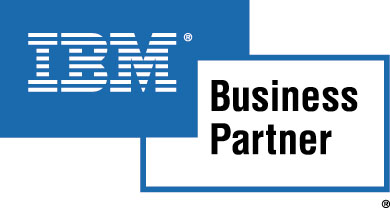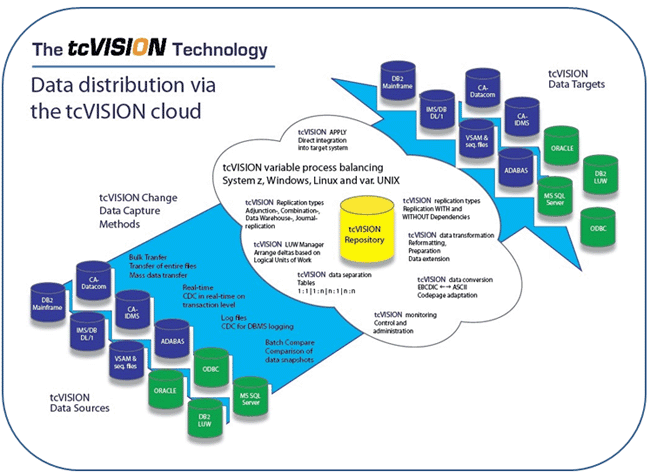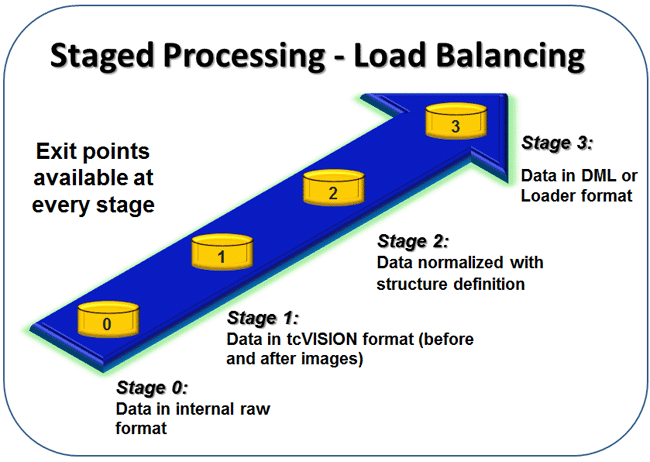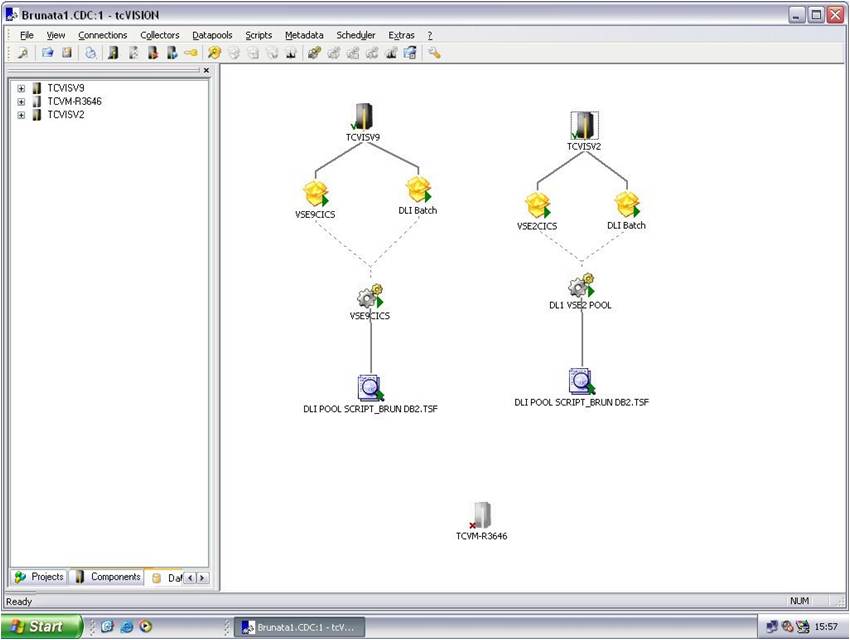 |
|||||||||
|
|||||||||
tcVISION

The tcVISION Change Data Capture Technology tcVISION provides several 'Change Data Capture' mechanisms. They automatically detect the changes that have been applied to the operational mainframe databases and files. This completely eliminates the need to move unchanged data. The technology that should be applied to capture the changes is based upon the type of data source. Not all file systems support date and time stamps that indicate the time when the data has been changed. Other methods must be used to detect the changes. These are:
Depending upon the data source and the required task multiple CDC methods can be used. The changes can be detected on a transaction level (Logical Unit of Work). Based upon the requirements the changed data can then be immediately propagated (real time) or can be transferred to the target systems in timely intervals or based upon events. Variable Process Balancing It is the goal of the tcVISION propagation to transform the changed mainframe data from its internal structures into a format that can be used to directly implement the changes into a target DBMS or to pass the data to a target application system. On this way the "classical" mainframe data (Packed, Binary, Hexadecimal etc.) must be transformed into a format known to and understood by the Open System world. In addition to this transformation process the changed data can be passed to the target system in different formats (SQL DML, XML, file format etc). Also the method how the data is passed to the target system may differ (ODBC, TCACCESS, DRDA, ORACLE, MQ-Series). 
The processing of the changed data can be performed at any place in the tcVISION network. The processing can be done partially on the mainframe and on Windows- or UNIX/LINUX systems. As a rule of thumb, the data will only be captured on the mainframe(real time processing) and the actual processing of the data takes place on workstation-based systems. There is no demand for processing resources on the mainframe. Highlights
Propagation Engine Using the tcVISION process configurator data exchange processes can be created without any mainframe know-how. With tcVISION data exchange becomes a single-step operation. No manual intervention is required. The pass-over of the changed data can either be performed in real-time, time dependent or event based. The mainframe data will be automatically converted by tcVISION in the correct format required by the target system (SQL, HTML, XML, etc.) or can be saved into a message queue for further processing. 
The state-of-the-art tcVISION process and control board makes it easy for the user to initiate and monitor data exchange processes. Integrated scheduler functions help automating these processes. No manual intervention is necessary in a production environment. The control mechanisms provided by tcVISION guarantee a high degree of transparency and auditability. © 2022 aMod. All Rigths Reserved. |